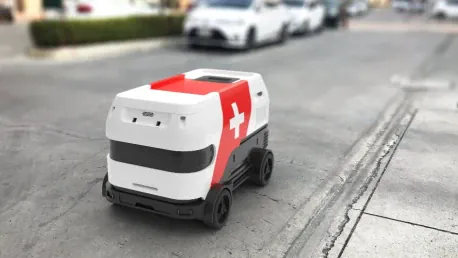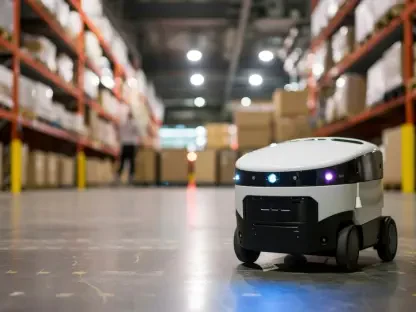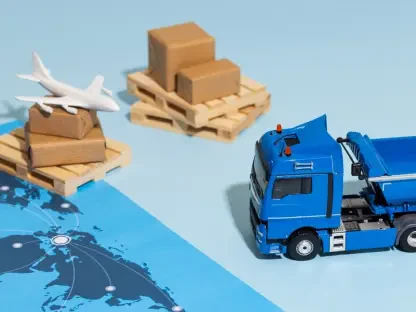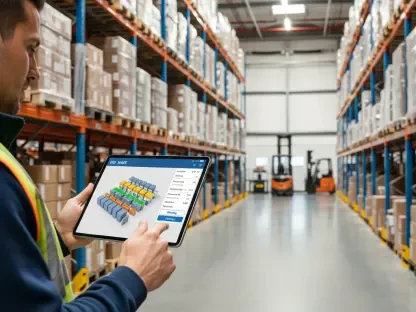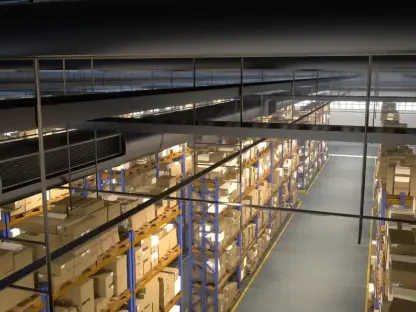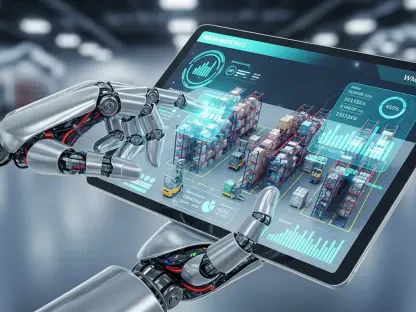The autonomous delivery company Serve Robotics Inc., based in Redwood City, California, successfully raised $86 million in December 2024, significantly boosting its total gross proceeds for the year to $167 million and bringing its total funding since 2021 to a remarkable $220 million. This significant financial gain has secured the company’s operations until the end of 2026, reflecting strong confidence in its vision and long-term market potential.
Serve Robotics, which originated as a spin-off from Uber Technologies Inc. in 2021, has designed low-emission, AI-powered robots that make sidewalk deliveries both economical and sustainable. The company has completed tens of thousands of deliveries for enterprise partners such as Uber Eats and 7-Eleven. It has established scalable multi-year contracts, including an agreement to deploy up to 2,000 delivery robots on the Uber Eats platform across various U.S. markets. The company recently announced a partnership with Alphabet Inc.’s Wing Aviation LLC to integrate ground robots with aerial drones for last-mile deliveries, suggesting a significant leap in delivery solutions through combining technologies.
To accelerate the expansion, Serve Robotics plans mass production of its third-generation robots and aims to enter new markets. These innovative robots, unveiled in October, promise increased safety, efficiency, and reduced manufacturing costs. They are equipped to move faster, travel twice as far on a single charge, and have an additional working time of six hours per day. Technologically advanced, these robots incorporate NVIDIA’s Jetson Orin module, offering five times more on-board computing power for AI and autonomous navigation, alongside Ouster’s new REV7 digital lidar and an updated sensor suite.
Improved features in third-generation robots include greater space, accommodating up to four large 16-inch pizzas (15% more than older models), enhanced suspension, water resistance, and superior emergency braking capabilities. Serve Robotics plans to enhance user experiences with these upgraded robots as they begin to roll out in new cities and neighborhoods starting in 2025.
With the newly raised capital, Serve Robotics intends to invest in equipment, which will help eliminate the need for immediate equipment financing and its associated servicing costs. This strategic financial planning will enable the company to maintain balance-sheet flexibility and optimize capital costs. According to Serve’s CFO Brian Read, the company is well-positioned to scale its operations and enter new markets by 2025, leveraging its strong financial foundation.
The context for Serve Robotics’ growth can be observed in the anticipated expansion of the delivery robot market. ABI Research forecasts that shipments of delivery robots will increase from 14,000 in 2023 to 147,000 by 2030, showcasing a compound annual growth rate (CAGR) of 37%. This growth is driven by increasing readiness for the widespread adoption of mobile robots in sectors including hospitals, agriculture, retail, and last-mile delivery.
Adding to its strategic initiatives, Serve Robotics recently announced the appointment of Lily Sarafan to its board of directors, reflecting nearly two decades of experience in entrepreneurship, executive leadership, and board governance. Sarafan also holds board positions at Instacart, Thumbtack, and Kyo, and is a member of Stanford University’s board of trustees.
Serve Robotics is making significant inroads in the autonomous delivery industry, fortified by a solid financial base, cutting-edge technology, and strategic partnerships. The company’s trajectory indicates substantial growth and market expansion in the forthcoming years.
